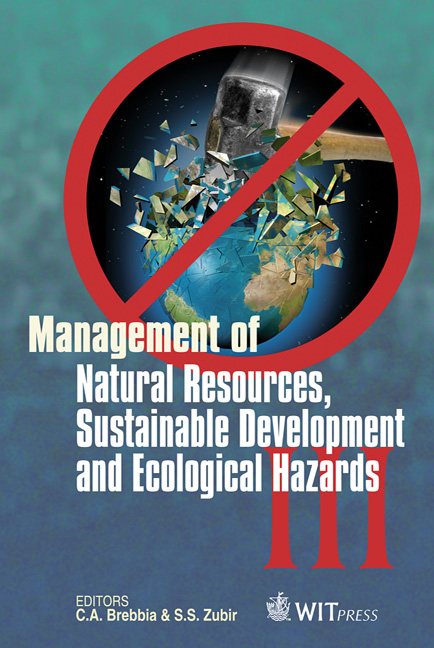Application Of MSWI Bottom Ash As Alternative Aggregate In Cement Mortar
Price
Free (open access)
Transaction
Volume
148
Pages
8
Page Range
335 - 342
Published
2011
Size
412 kb
Paper DOI
10.2495/RAV110311
Copyright
WIT Press
Author(s)
Z. Pavlík, M. Keppert, M. Pavlíková, P. Volfová & R. Černý
Abstract
Bottom ash generated by municipal solid waste incinerators (MSWI) is used as partial replacement of silica aggregate in cement mortar. For comparative reasons, also reference cement mortar without ash addition is studied. At first, measurement of particle size distribution of studied bottom ash is done using laser particle size analyser and sieves of specific dimensions. Basic material properties of cement mortar, namely the bulk density, matrix density, and total open porosity, are measured using gravimetric method combined with helium pycnometry. Pore size distribution is determined by mercury porosimetry. Compressive strength and bending strength characterizing mechanical performance of the mortar and moisture diffusivity as a basic indicator of durability are analyzed as well. Experimental results show that the replacement of siliceous sand by bottom ash aggregates in an amount of up to 40% of mass leads to an increase in mechanical properties and slowing-down of water penetration into cement mortar. This is a very prospective outcome for the practical application of the mortar, particularly taking into account that the use of waste bottom ash in building materials production is beneficial from both economical and ecological points of view. Keywords: municipal solid waste incineration, bottom ash, cement mortar, aggregate replacement, basic material properties, mechanical properties, durability.
Keywords
municipal solid waste incineration, bottom ash, cement mortar, aggregate replacement, basic material properties, mechanical properties, durability





